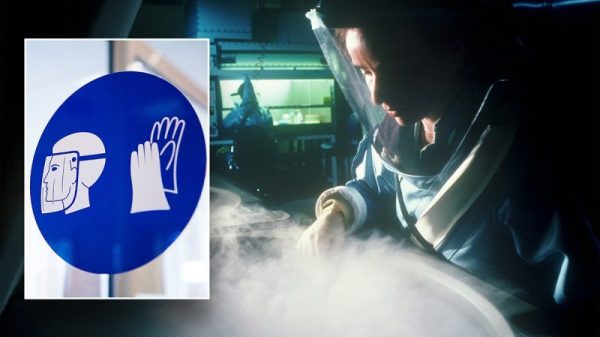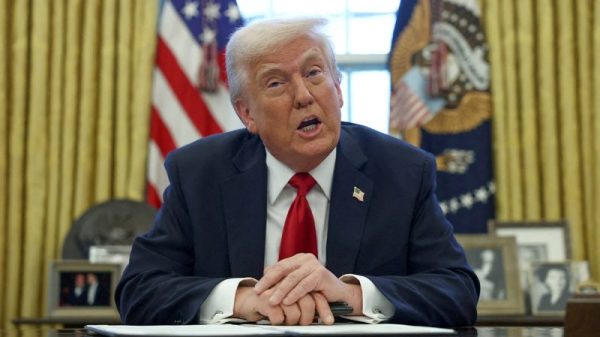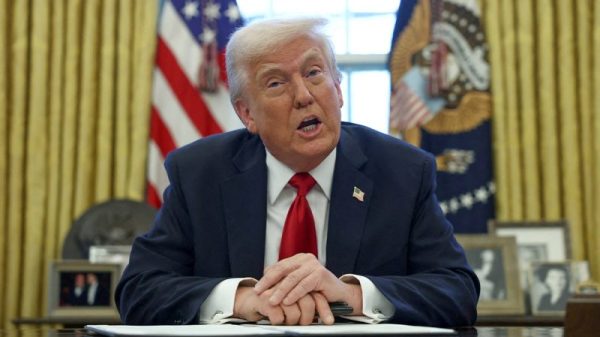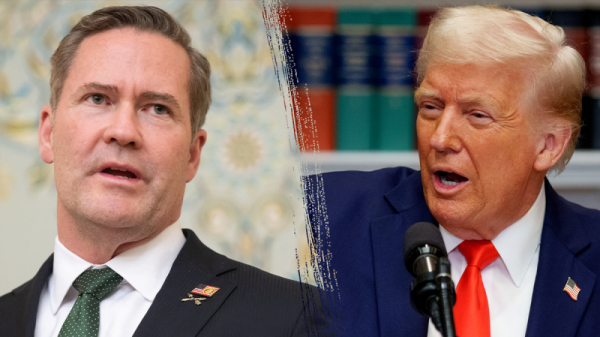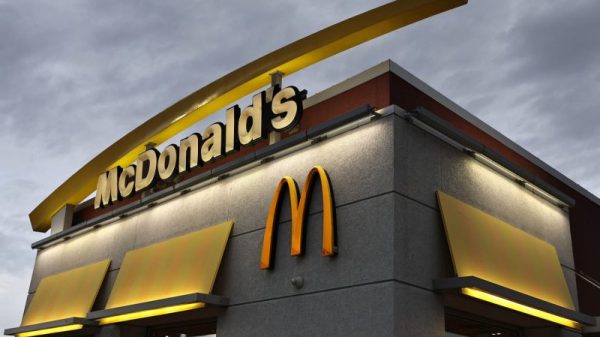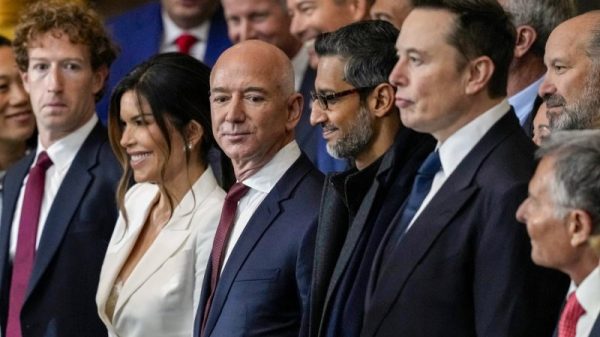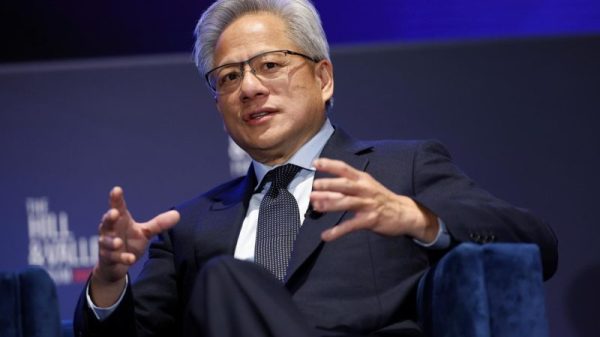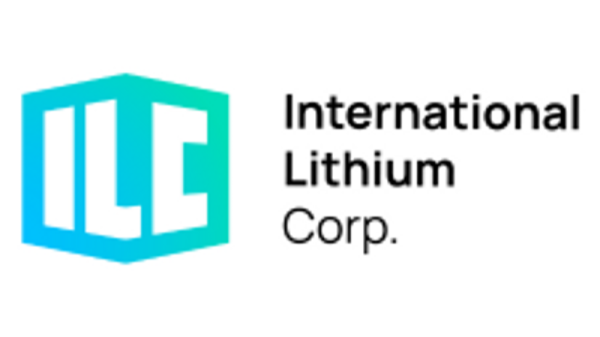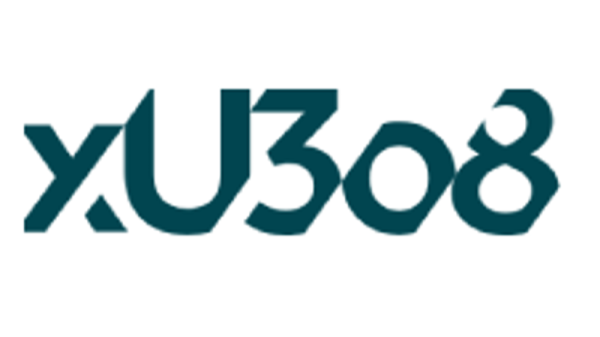Recessionary and Inflationary Gaps Causes, and Example
Recessionary gap and inflationary gap are the two terms referring to a country’s economic health. Before we see what they exactly represent, let’s see what economic recession represents.
What is a Recession?
A recession is a significant decline in economic activity that lasts for months or even years. A recession occurs when a country’s GDP is negative. This means that more people are without jobs. Additionally, retail sales decrease during this time.
In the United States, recessions are declared by an expert committee of the National Bureau of Economic Research (NBER). This defines a recession as a significant decline in economic activity throughout the economy that lasts several months.
More precisely, for one to speak of a recession, three criteria must be present to a certain extent: depth, diffusion and duration. However, extreme conditions revealed by one criterion can partly compensate for the weakness of another criterion.
The general rule is that a recession is preceded by two consecutive quarters of contraction in economic activity, as measured by GDP.
However, this definition can be misleading. For example, under this rule, the United States was in recession in 2022 when GDP contracted during the first two quarters of the year.
However, the employment sector recorded significant gains, ensuring that the unemployment rate remained near its lowest level in 55 years; a context far removed from the reality of a recession.
What Is a Recessionary Gap?
A recessionary gap occurs when an economy’s real GDP is lower than its potential GDP at the level of full employment. This gap reflects insufficient aggregate demand and is often accompanied by high unemployment. The recessionary gap occurs when an economy is not utilizing all of its resources. This means that the economy is not producing at its full potential.
What is called an Inflationary Gap?
An inflationary gap exists when an economy’s actual output exceeds its potential output at full employment. This happens when demand is higher than supply, causing prices and inflation to go up in an economy. It reflects a state where the economy is overheating, and there is too much money chasing too few goods.
Understanding a Recessionary Gap
A recessionary gap, also called a contractionary gap, occurs when the level of real GDP falls below the potential GDP. This gap indicates that an economy is not using all its resources efficiently, leading to unemployment and reduced output.
The concept is often shown in figures illustrating the equilibrium level of GDP and the actual GDP. This gap happens when the actual GDP is lower than the potential. It causes downward pressure on prices, unlike an inflationary gap.
Understanding a recessionary gap helps economists and policymakers identify when the economy is underperforming and could benefit from stimulative fiscal or monetary measures.
This gap measures the difference between the actual output of an economy and the output it would produce if it were at full employment. It highlights inefficiencies in the economy where resources are not being fully utilized, leading to lower levels of production and employment.
2008 Financial Crisis As An Example
Let’s consider an economy going through a recession. High unemployment and low consumer spending show a recessionary gap. Businesses struggle to sell their products or services because demand is low. This leads to reduced production. As a result, resources like labor and capital are not fully used.
For example, during the 2008 financial crisis, many economies worldwide faced a recessionary gap. The housing market collapsed, and consumer spending fell. This caused a drop in aggregate demand. Businesses cut back on production, which increased unemployment and widened the recessionary gap.
What is the Keynesian theory of the recessionary gap?
The Keynesian theory of a recessionary gap focuses on the idea that total demand in the economy can sometimes fall short of its potential output at full employment.
According to Keynesian economists, this gap occurs when aggregate demand is not enough to purchase all the goods and services produced at full employment levels. This leads to unemployment and underutilization of resources.
Keynesians believe that to close this gap, government intervention is necessary. They recommend increasing government spending and decreasing taxes to boost demand.
This increased demand encourages businesses to ramp up production and hire more workers, thus moving the economy back to its full employment level.
The theory also emphasizes the multiplier effect, where an initial increase in spending leads to further increases in income and consumption, amplifying the initial stimulus. This approach aims to stabilize the economy by ensuring that demand meets the full employment output, thus preventing or mitigating recessions.
Recessionary Gaps and Exchange Rates
Recessionary gaps can influence exchange rates through their impact on economic stability and interest rates.
When a country experiences a recessionary gap, it often leads to lower interest rates as part of monetary policy to stimulate the economy. Lower interest rates can lead to a depreciation of the country’s currency, as lower rates make the currency less attractive to foreign investors.
The Recessionary Gap and Unemployment
A recessionary gap is directly related to higher unemployment rates. This gap indicates that the economy is not producing at full capacity, leading to fewer employment opportunities. Businesses produce less and require fewer workers, resulting in an increase in unemployment.
Recessionary Gap Example
An example of a recessionary gap could be observed during a significant economic downturn, where widespread business closures and reduced consumer spending lead to a substantial decrease in aggregate demand.
This decrease would shift the demand curve leftward, widening the gap between the current and potential GDP.
In December 2018, the overall U.S. labor market was at full employment with an unemployment rate of 3.7%, showing no recessionary gap. Yet, not every area in the country had reached full employment. Some states still experienced a recessionary gap.
For example, while New York enjoyed full employment and most large cities were economically stable, rural areas faced more challenges.
Jobs were harder to come by in these regions. In West Virginia, the struggling coal mining industry pushed the unemployment rate to 5.3%, reflecting low economic productivity. Additionally, West Virginia was among four states where the poverty rate exceeded 18%.
Inflationary gap vs recessionary gap
Economic Conditions
Inflationary Gap: This gap arises during periods of economic boom, where demand levels are excessively high. It often leads to inflation as increased demand drives prices up.
Recessionary Gap: This gap occurs during economic downturns, characterized by reduced demand and high unemployment. It results from insufficient demand to fully employ the available resources, leading to underutilization of labor and capital.
Impact on Prices
Inflationary Gap: Causes prices to rise, potentially leading to runaway inflation if not controlled. It signifies an economy operating beyond its capacity.
Recessionary Gap: Puts downward pressure on prices due to decreased demand. In some cases, it can lead to deflation, further exacerbating economic decline.
Policy Responses
Inflationary Gap: Requires contractionary policies, such as increasing interest rates or reducing government spending, to cool down the economy and bring output back to a sustainable level.
Recessionary Gap: Calls for expansionary policies, such as decreasing interest rates or increasing government spending, to stimulate demand and bring the economy back to full employment.
Labor Market
Inflationary Gap: Often associated with very low unemployment rates, possibly even below the natural rate, leading to wage inflation as employers compete for scarce labor.
Recessionary Gap: Characterized by high unemployment due to insufficient demand for goods and services, leaving a significant portion of the labor force out of work.
Long-term Effects
Inflationary Gap: If sustained, it can lead to entrenched inflation expectations among consumers and businesses, making it difficult to stabilize the economy without significant policy interventions.
Recessionary Gap: Prolonged periods can result in economic stagnation or a recession, with long-term negative effects on workforce skills and business investment.
Understanding the differences between these gaps helps policymakers and market participants gauge the appropriate economic measures to implement, aiming to stabilize the economy around its potential output level. Both scenarios require careful management to ensure sustainable economic growth and stability.
What recessionary gap mean for individual investors?
A recessionary gap can significantly impact individual investors. When the economy underperforms and GDP falls below its potential level, businesses may see reduced profits, leading to lower stock prices.
This can shrink investment portfolios and affect the returns on investment that many rely on for income or retirement savings.
During such times, unemployment rates typically rise, reducing consumer spending and affecting sectors like retail and real estate.
For investors, this means more risk and potentially lower returns, particularly in industries sensitive to economic downturns.
However, a recessionary gap also presents opportunities. Prices for stocks and real estate may be lower, offering a chance to buy valuable assets at a discount. Investors can also look to government bonds or other defensive assets that tend to perform better during economic downturns.
Understanding these dynamics allows investors to adjust their strategies, possibly shifting towards more secure, less volatile investments or taking advantage of lower prices to enhance long-term gains. Being aware of recessionary trends helps in planning for and mitigating risks associated with economic cycles.
How to Offset a Recessionary Gap?
To offset a recessionary gap, governments and central banks may implement expansionary policies. Fiscal policies like increased government spending and tax cuts are designed to boost aggregate demand.
Similarly, monetary policies such as lowering interest rates or increasing the money supply aim to stimulate economic activity by making borrowing cheaper and increasing liquidity.
Nonintervention or Expansionary Policy?
Choosing between nonintervention and expansionary policy depends on the economic context and the government’s economic objectives.
While nonintervention might allow the market to self-correct over time, expansionary policies can accelerate recovery, reducing the duration of high unemployment and low production levels associated with recessionary gaps.
What fiscal policy would be used to correct a recessionary gap?
To correct a recessionary gap, the government can use expansionary fiscal policy. This involves increasing government spending, reducing taxes, or both.
Higher government spending can stimulate demand by creating jobs and increasing consumer spending. Tax cuts put more money in consumers’ and businesses’ hands, boosting spending and investment.
These measures aim to raise the level of aggregate demand, moving the economy toward full employment and closing the recessionary gap. This strategy can help reduce unemployment and increase economic output.
A Shift in Short-Run Aggregate Supply: An Increase in the Cost of Health Care
An increase in healthcare costs can shift the short-run aggregate supply (SRAS) curve upwards. This shift represents higher production costs for businesses, reducing the quantity of goods and services they can supply at a given price level.
This change can contribute to a recessionary gap by decreasing the real output of the economy below its potential level, exacerbating the gap between actual and potential GDP.
A Shift in Aggregate Demand: An Increase in Government Purchases
An increase in government purchases can shift the aggregate demand curve to the right. This expansionary fiscal policy is often used to close a recessionary gap by increasing demand for goods and services.
The additional demand can lead to higher production and employment, helping to move the economy towards its potential GDP.
The Difference Between Recessionary Gap and Expansionary Gap
The difference between a recessionary gap and an expansionary gap lies in economic output relative to potential output. A recessionary gap occurs when the economy’s output is below its potential level, while an expansionary gap happens when output exceeds the potential level, often leading to inflationary pressures.
The Difference Between a Deflationary Gap and a Recessionary Gap
A deflationary gap, often synonymous with a recessionary gap, refers to conditions under which the economy is not using all its resources and is operating below its potential GDP, typically causing downward pressure on prices. In contrast, a recessionary gap specifically highlights the underutilization during recession phases without directly implying a deflationary environment.
Bottom Line
Understanding recessionary and inflationary gaps is crucial for analyzing economic conditions and potential policy responses.
A recessionary gap occurs when an economy’s output is below its potential, indicating underutilization of resources and often leading to higher unemployment and reduced economic activity. This gap suggests that the economy is not generating sufficient demand to achieve full employment.
On the other hand, an inflationary gap exists when the economy’s output exceeds its potential, typically during periods of economic boom, leading to increased prices as demand outstrips supply.
Inflationary gaps, while indicative of a booming economy, can lead to inflation if left unchecked. These arise when demand is too high relative to what the economy can produce at full capacity, often necessitating contractionary policies to prevent overheating.
Understanding these gaps helps policymakers and economic analysts assess the current economic climate and decide on appropriate interventions to stabilize the economy. These interventions can include adjusting interest rates, altering government spending, and changing tax policies to manage demand and ensure sustainable economic growth.
The post Recessionary and Inflationary Gaps Causes, and Example appeared first on FinanceBrokerage.


